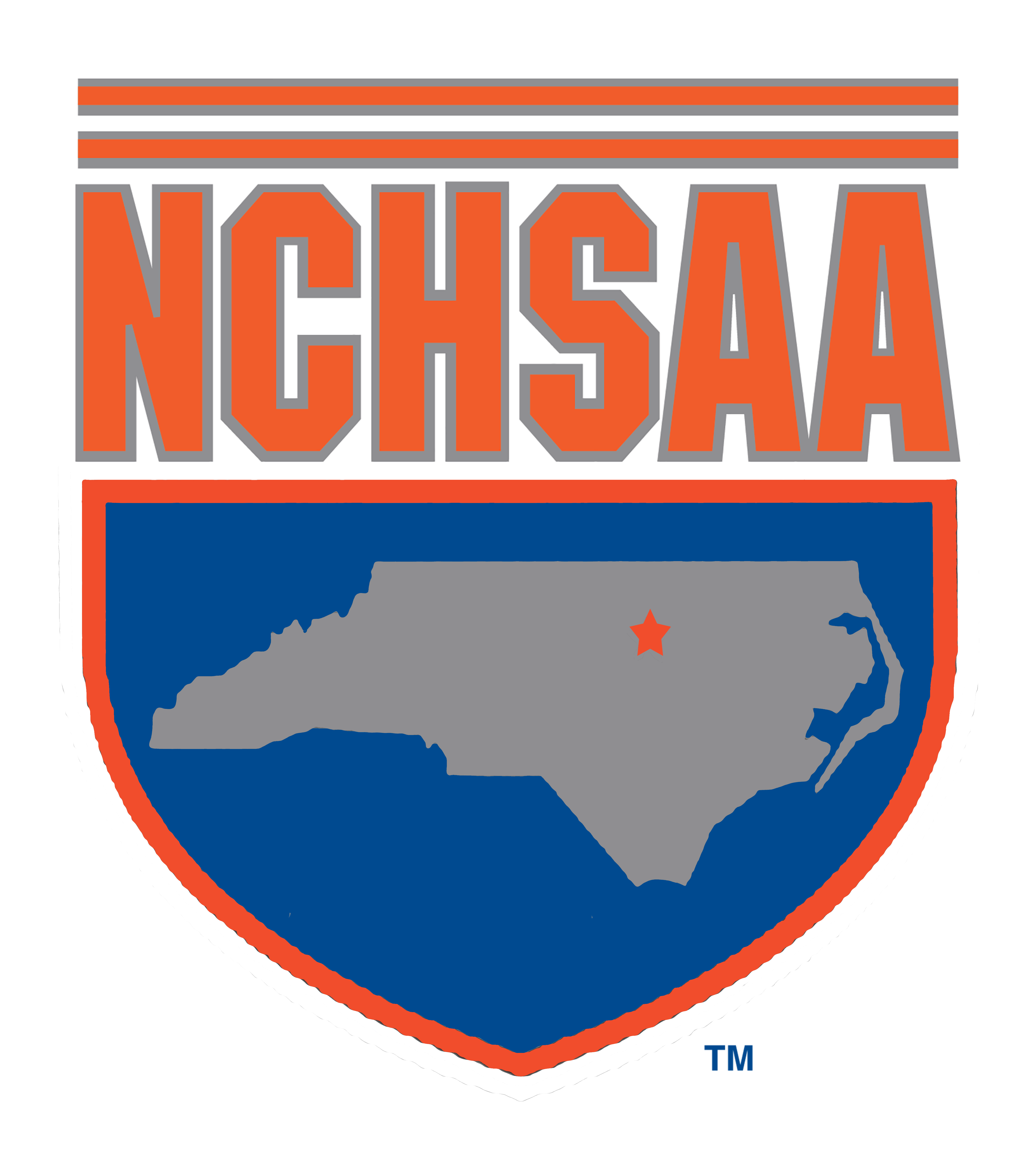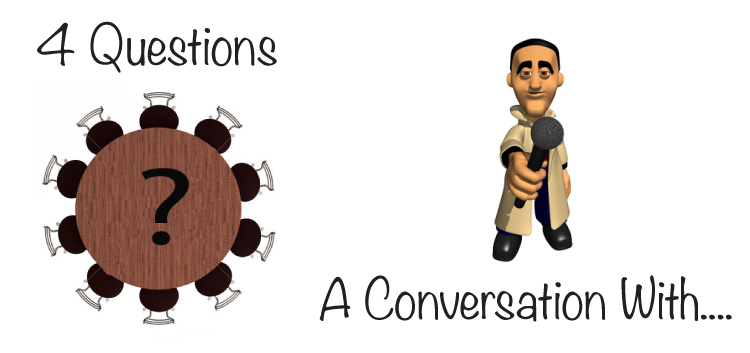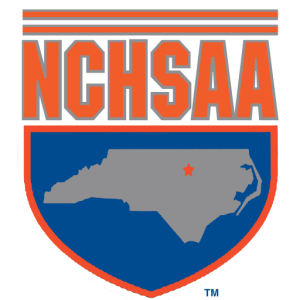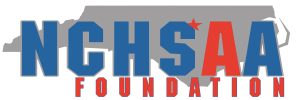FOUR QUESTIONS: A CONVERSATION WITH…MARK DREIBELBIS
Mark Dreibelbis, a native of Charlotte, is the supervisor of officials and associate commissioner of the North Carolina High School Athletic Association. He came to the NCHSAA in January of 2005 from Appalachian State University, where he had been the associate director of athletics. In addition to his work with the officiating program, Mark is in charge of the Student Services program and has served on a number of National Federation of State High School Associations (NFHS) rules committees.
What are a couple of the major rule changes that people may notice this year while watching high school basketball?
The first major one is that players on the marked lane spaces may enter the lane on the release of the free throw. The previous rule stated they could not enter the lane until the free throw hit the backboard or the rim. This brings the high school rule in compliance with rule codes at other levels and should be more consistent in enforcement. The shooter and players not on the lane (behind the free throw line extended and outside of the free throw semi-circle) will still have restrictions until the free throw hits the backboard or rim.
A point of emphasis is foul criteria on the dribbler/ball handler. These include defensive criteria of arm bar, hands placed on ball handler for extended period of time, two hands on the ball handler, and continued, intermittent hand checking by the defender.
North Carolina is participating in a special rules experimentation in basketball this season. Can you describe that and how the process works?
Tights are allowed this year. All leg and arm compression sleeves must be the same color for every team member. All head bands and wrist bands must also be the same color. Color restrictions are white, black, beige, or the predominant color of the torso of the jersey. Head bands can only be 2-inches in width with no bows or ties associated with the head band.
NFHS rule code does not have a specific penalty for non-compliance except the player cannot participate until in compliance with rule code. To assist in compliance, the head coach is asked prior to each contest, “Are your players legally equipped?” After this, any team/player not in compliance will be assessed an administrative technical foul. Two free throws and the ball will awarded will be given to the opponent.
We will record the number of infractions and points scored due to implementation throughout the season. We will make a report to the NFHS Basketball Rules Committee in April regarding the impact of our pilot program. Year two of the experiment will assess a direct technical foul to the head coach for non-compliance. This will result in the loss of the coaches box for the remainder of the game and is one of their two allowable unsporting fouls for the game.
What is the most difficult thing officiating basketball as opposed to other sports? What is the toughest call, in your opinion, to make in basketball?
Basketball is a continual-action sport that does have contact. The difficulty is managing that contact with the following criteria:
Guidelines to enforce illegal contact
If contact affects a player in any of the following areas, a foul call should be made
Rhythm
Speed
Quickness
Balance
The toughest call is on drives to the basket, particularly with a secondary defender, as to whether they established a legal guarding position prior to the offensive player leaving the floor for a try attempt to the basket. These are quick contact situations where the official must observe the defender(s) while establishing the position of the offensive player. Combine this with players moving positions, the ball possession changing in different areas of the court, and the simple athletic prowess of our athletes…we call this the “Window of Opportunity” to consider all of the factors associated with the play and determine if a whistle needs to be blown, and who created the contact at a level that deserves a foul to be called.
What is the weirdest thing you had to deal with in a game while you were calling basketball?
Several come to mind:
Fan entering gym from concession area and players run into them spilling drink and popcorn on the floor. Players slip on the food/drink causing a turnover. When was the ball dead and was it a turnover or should we give the ball back to the team in possession? Whatever decision we made, someone wasn’t going to like it…that mirrors most calls officials make.
During a timeout, cheerleaders were doing tumbling stunts across the floor and kicked one of our partners and knocked him out. We had to finish the game with a 2-person crew.
A skunk got into the gym and sprayed under the bleachers. It took quite a bit of time to get the gym to a level we felt comfortable in terms of proper respiration and playing conditions. One fan even accused the refs as being their fault!
Coaches got into a shouting match and near fight during a live ball. This was obviously a poor role-modeling experience, and afterwards we had a difficult time calling the game because this amped up the players emotionally also. After ejecting the head coaches, the assistant coaches were well-behaved and did a good job helping us with the players.
And lastly, a mascot kissing me during a time out. Trying to maintain a level of professionalism was difficult, because honestly, it was funny. I would have loved to have seen how red my face was from embarrassment.



